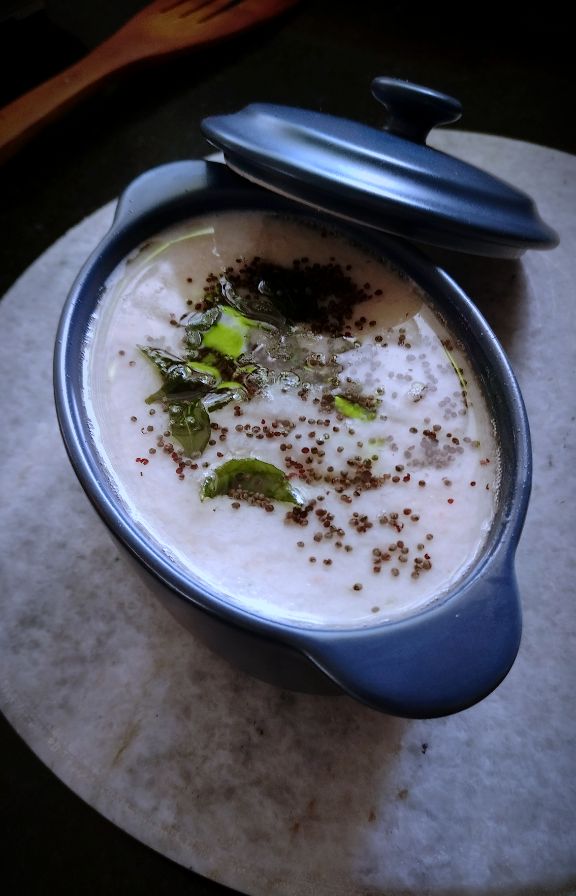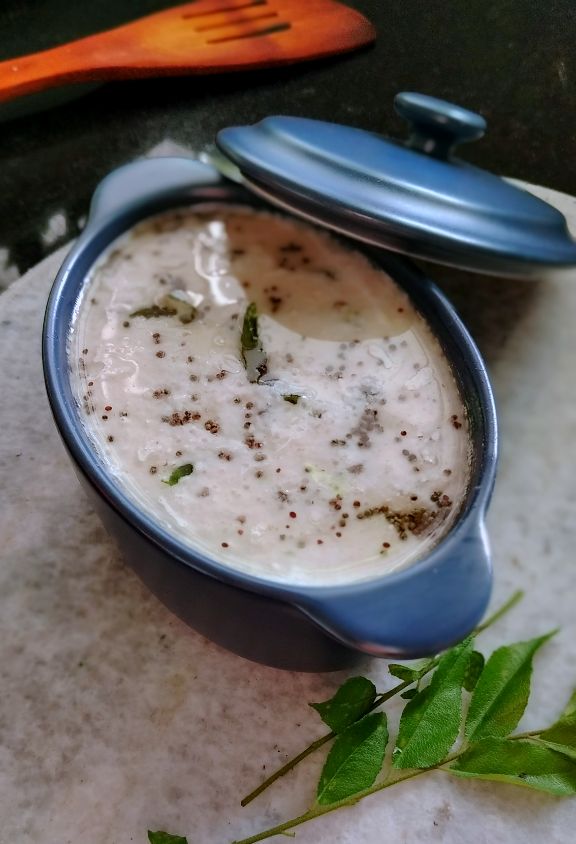
Coconut chutney is a classic and versatile condiment that has become a staple in South Indian cuisine. With its creamy texture, subtle sweetness, and a hint of spiciness, this delightful accompaniment complements a variety of dishes, from dosas and idlis to rice and savory snacks. In this blog, we’ll explore the origins, ingredients, and the simple yet flavorful preparation of coconut chutney.
Coconut chutney has deep roots in South Indian culinary traditions, particularly in states like Kerala, Karnataka, Tamil Nadu, and Andhra Pradesh. Coconuts are abundant in these regions, and the chutney has become an integral part of the daily diet. It is a perfect example of how local ingredients shape the culinary landscape, offering a burst of flavors that reflect the rich cultural diversity of the region.
In the vast culinary delights, some flavors linger in our memories, becoming an inseparable part of our gastronomic journey. Among these, coconut chutney stands tall as an embodiment of simplicity and a testament to the diverse and enchanting world of South Indian cuisine. It’s the aroma that wafted through the kitchen during festive gatherings, the comforting sight on the breakfast table, and the shared joy of communal meals. It’s a taste of nostalgia that transcends generations, connecting us to the flavors of the past.
Imagine a condiment that effortlessly marries the velvety creaminess of coconut with the subtle heat of green chilies, a hint of onion’s warmth and the aroma of curry leaves . This is coconut chutney – a symphony of flavors that dance on the palate, leaving an indelible mark.

Hailing from the sun-kissed landscapes of South India, coconut chutney is more than just a side dish; it’s a cultural emblem. Its roots are deeply embedded in the daily lives of people in Kerala, Karnataka, Tamil Nadu, and Andhra Pradesh, where coconut trees sway in the breeze, providing the primary ingredient for this culinary masterpiece.
What makes coconut chutney truly exceptional is its simplicity. With just a handful of ingredient, it transforms into a luscious, versatile companion to a myriad of dishes. This simplicity, however, belies the complex flavors it weaves.
Coconut chutney is a chameleon in the culinary world, effortlessly adapting to various roles. It’s the perfect partner for the delicate, pillowy idlis, the crispy folds of a dosa, or a steaming bowl of rice. Yet, its versatility extends beyond traditional boundaries, elevating snacks, sandwiches, and even salads to new heights.

While coconut chutney embodies tradition, it also embraces innovation. Variations abound – from the tangy notes of tamarind to the freshness of coriander and the invigorating touch of mint. These subtle tweaks only add to its mystique, showcasing the adaptability of this timeless condiment.
In the kaleidoscope of culinary experiences, coconut chutney is a shining gem. It’s more than a condiment; it’s a journey into the heart of South Indian kitchens, a celebration of flavors, and a bridge between tradition and modernity. So, the next time you savor the creamy allure of coconut chutney, remember that you’re not just tasting a condiment – you’re indulging in a cultural legacy that has stood the test of time, one delightful spoonful at a time.
Easy Coconut Chutney
Coconut Chutney – Kerala Style
Ingredients
- 1 cup grated coconut
- 2 Tbsp Chopped onion
- 2 Green Chilly
- Salt, as needed
- 1 Tbsp Coconut oil
- 1 tsp Mustard seed
- Curry leaves
Instructions
- In a mixer, grind together the grated coconut, onion, green chilly and salt to form a smooth paste.
- Transfer this into a bowl.
- Heat coconut oil in a pan.
- Add the mustard seeds to splutter. Then add the curry leaves and switch off the flame.
- Pour this into the bowl of coconut chutney.
- Mix well. Serve with idli, dosa etc.

